Secret to Sweating Brass to Copper?
bsmhs
16 years ago
Featured Answer
Sort by:Oldest
Comments (9)
jay_haitch
16 years agoRelated Professionals
Boise Plumbers · Chantilly Handyman · Boca Raton Kitchen & Bathroom Remodelers · Elk Grove Kitchen & Bathroom Remodelers · Elk Grove Village Kitchen & Bathroom Remodelers · Galena Park Kitchen & Bathroom Remodelers · Gardner Kitchen & Bathroom Remodelers · Glendale Kitchen & Bathroom Remodelers · Kettering Kitchen & Bathroom Remodelers · Las Vegas Kitchen & Bathroom Remodelers · Panama City Kitchen & Bathroom Remodelers · Pearl City Kitchen & Bathroom Remodelers · South Lake Tahoe Kitchen & Bathroom Remodelers · Westminster Kitchen & Bathroom Remodelers · Kiryas Joel Appliancesgeniere
16 years agoformula1
16 years agobsmhs
16 years agojmricker
16 years agowittyhoosier
16 years agowestcoast
16 years agoDouglas Gourlay
3 years ago
Related Stories
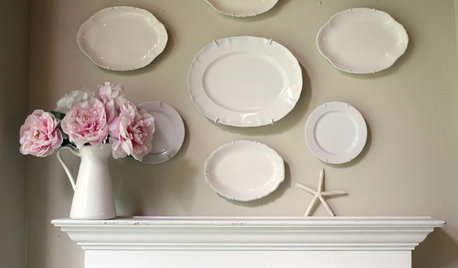
DECORATING GUIDESDIY: The Secret to Hanging a Plate Collection
Save your walls! Here's how to get your art grouping right
Full Story
KITCHEN DESIGNA Stylist’s Secrets for Giving Your Kitchen the Wow Factor
There’s more to getting a fabulous kitchen than designing and installing it. It's the little details that elevate its look
Full Story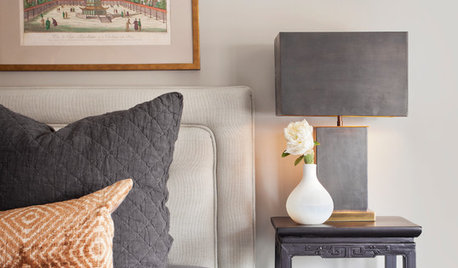
FURNITURE10 Secrets of Successful Secondhand Furniture Shopping
Design professionals offer tips on how, where and what to buy
Full Story
GREAT HOME PROJECTS25 Great Home Projects and What They Cost
Get the closet of your dreams, add a secret doorway and more. Learn the ins and outs of projects that will make your home better
Full Story
BUDGET DECORATINGBudget Decorator: 15 Ways to Update Your Kitchen on a Dime
Give your kitchen a dashing revamp without putting a big hole in your wallet
Full Story
CITY GUIDESTravel Guide: San Francisco for Design Lovers
Visionary architecture, great museums, amazing food and shops — you don't have to leave your heart here to take inspiration home
Full Story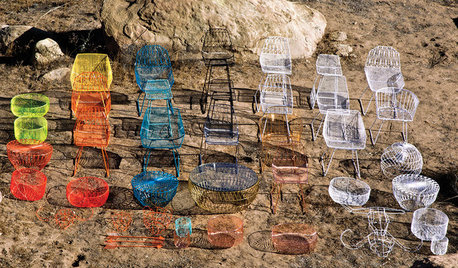
EVENTSIndie Interior Designs: The 2015 Interior Design Show West
Homeowners and professionals get up close with boutique brands, independent artists and up-and-coming designers
Full Story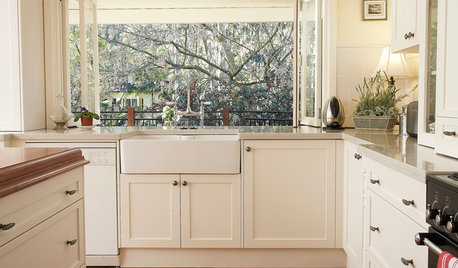
KITCHEN SINKSEverything You Need to Know About Farmhouse Sinks
They’re charming, homey, durable, elegant, functional and nostalgic. Those are just a few of the reasons they’re so popular
Full Story





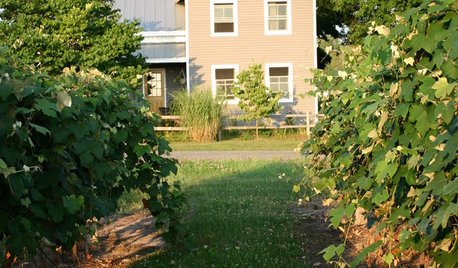


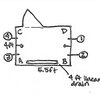

homebound